
Color perception is most definitely not in the eye of the beholder, according to researchers at the University of Rochester. Their images of living human retinas show that the number of color-sensitive cones in the retina differs dramatically among people – by up to 40 times. The mystery of why people appear to perceive colors the same way points to color perception being a core competency of the brain, rather than the eye, says the study inNeuroscience.
“We were able to precisely image and count the color-receptive cones in a living human eye for the first time, and we were astonished at the results,” says David Williams, director of the Center for Visual Science at Rochester. “We’ve shown that color perception goes far beyond the hardware of the eye, and that leads to a lot of interesting questions about how and why we perceive color.”
The researchers used a laser-based adaptive optic system developed by Williams that maps out the topography of the inner eye in great detail, allowing the researchers to study the living retina in ways that were not possible previously. Studying the living eye has been a frustrating endeavor for scientists until now.
By imaging a living retina, Williams could shine light directly into the eye to see what wavelengths each cone reflects and absorbs, and thus to which color each is responsive. The technique allowed the researchers to image more than a thousand cones at once, giving an unprecedented look at the composition and distribution of color cones in the eyes of living humans.
The participants in the study were asked to tune the color of a disk of light to produce a pure yellow light that was neither reddish yellow nor greenish yellow. All the participants selected nearly the same wavelength of yellow, showing an obvious consensus over what color they perceived yellow to be. Once Williams looked into their eyes, however, he was surprised to see that the number of long- and middle-wavelength cones – the cones that detect red, green, and yellow – were sometimes profusely scattered throughout the retina, and sometimes barely evident. The discrepancy was more than a 40:1 ratio, yet all the volunteers were apparently seeing the same color yellow.
It was these findings that led the researchers to speculate that the brain may play a far larger role in color perception than previously thought. “Those early experiments showed that everyone we tested has the same color experience despite this really profound difference in the front-end of their visual system,” said co-researcher Heidi Hofer. “That points to some kind of normalization or auto-calibration mechanism – some kind of circuit in the brain that balances the colors for you no matter what the hardware is.”
“This is direct evidence for an internal, automatic calibrator of color perception. These experiments show that color is defined by our experience in the world, and since we all share the same world, we arrive at the same definition of colors,” concluded Williams.
The researchers are now hoping to identify the genetic basis for this large variation between retinas. Early tests on the original volunteers showed no simple connection among certain genes and the number and diversity of color cones.



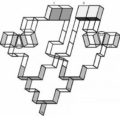

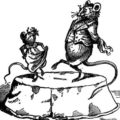


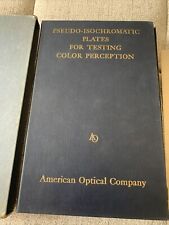


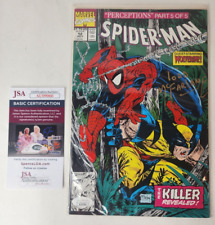
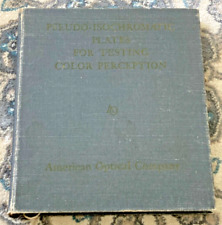




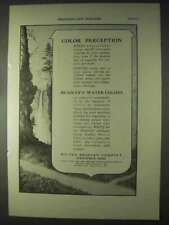
Comments are closed.